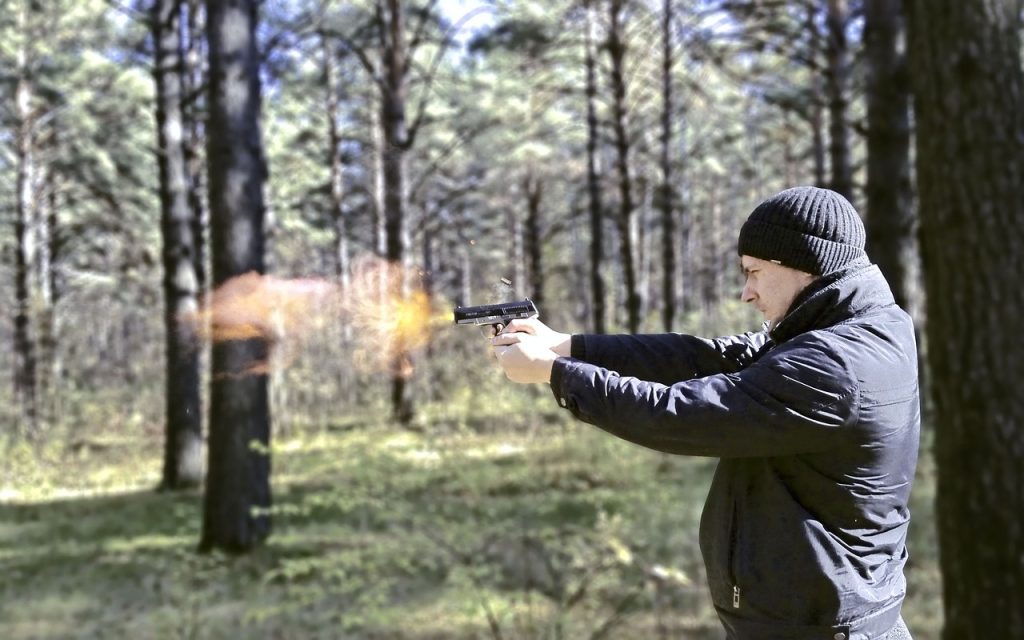In the vast and diverse world of firearms, a commonly debated topic among enthusiasts and professionals alike is whether high-end guns truly outperform their cheaper counterparts in terms of firepower and accuracy. This article delves into this debate, analyzing various aspects that contribute to the performance of a firearm.
1. Understanding the Basics: Firepower and Accuracy
Before comparing high-end and budget firearms, it’s crucial to understand what firepower and accuracy entail. Firepower generally refers to the ability of a gun to inflict damage, considering factors like the caliber, muzzle velocity, and rate of fire. Accuracy, on the other hand, is the gun’s ability to hit a target consistently at various distances.
2. High-End Guns: The Premium Advantage
High-end guns are often synonymous with superior craftsmanship, advanced materials, and precision engineering. These firearms are typically produced with tighter tolerances, ensuring better consistency in each shot. The use of high-quality materials can also enhance the gun’s durability and performance under different environmental conditions.
In terms of accuracy, high-end firearms often have superior barrel quality, advanced sighting systems, and better ergonomics, all contributing to enhanced precision. For instance, a high-end rifle might include a match-grade barrel and a state-of-the-art optic system, providing a clear advantage in accuracy over a budget rifle with a standard barrel and basic sights.
3. Budget Firearms: The Cost-Effective Choice
Budget firearms, while less expensive, are not necessarily ineffective. They are designed to be cost-effective, offering reasonable performance at a lower price point. In terms of firepower, many budget guns use the same caliber and ammunition as their expensive counterparts, meaning they can deliver similar ballistic performance.
However, where budget firearms might lag is in the consistency of accuracy. Due to cost constraints, these guns may have less precise manufacturing standards, resulting in variations that can affect accuracy. Additionally, cheaper materials might make the gun more susceptible to wear and tear, potentially impacting long-term performance.
4. Practical Considerations: User Skill and Purpose
An important factor to consider is the skill of the user. A highly skilled shooter might be able to achieve remarkable accuracy with a budget firearm, while an inexperienced shooter may not fully utilize the advanced features of a high-end gun. Furthermore, the intended use of the firearm plays a crucial role. For casual shooting or basic self-defense, a budget gun might suffice. However, for competitive shooting or specialized professional use, a high-end gun with its superior accuracy and reliability could be essential.
5. Maintenance and Upgrades: Leveling the Field
Maintenance and upgrades can significantly affect the performance of both high-end and budget guns. Regular maintenance is crucial for ensuring longevity and consistent performance. Upgrades like improved sights or aftermarket barrels can enhance the accuracy of budget firearms, narrowing the gap with high-end models.
6. The Verdict: Is High-End Always Better?
So, are high-end guns more effective than their cheap counterparts in terms of firepower and accuracy? The answer is nuanced. High-end guns generally offer better accuracy, durability, and consistency, making them a preferred choice for situations where these factors are critical. However, budget firearms can be quite effective, especially when combined with skill, proper maintenance, and selective upgrades.
7. Lastly: Balancing Cost and Performance
The decision between high-end guns and a budget firearm should be based on individual needs, skill level, and intended use. While high-end firearms have clear advantages in precision and build quality, budget guns offer a cost-effective solution for many applications. Ultimately, the effectiveness of a firearm lies in the hands of the user, and their ability to maximize the potential of the tool in their possession.
Written by Leo Jones


